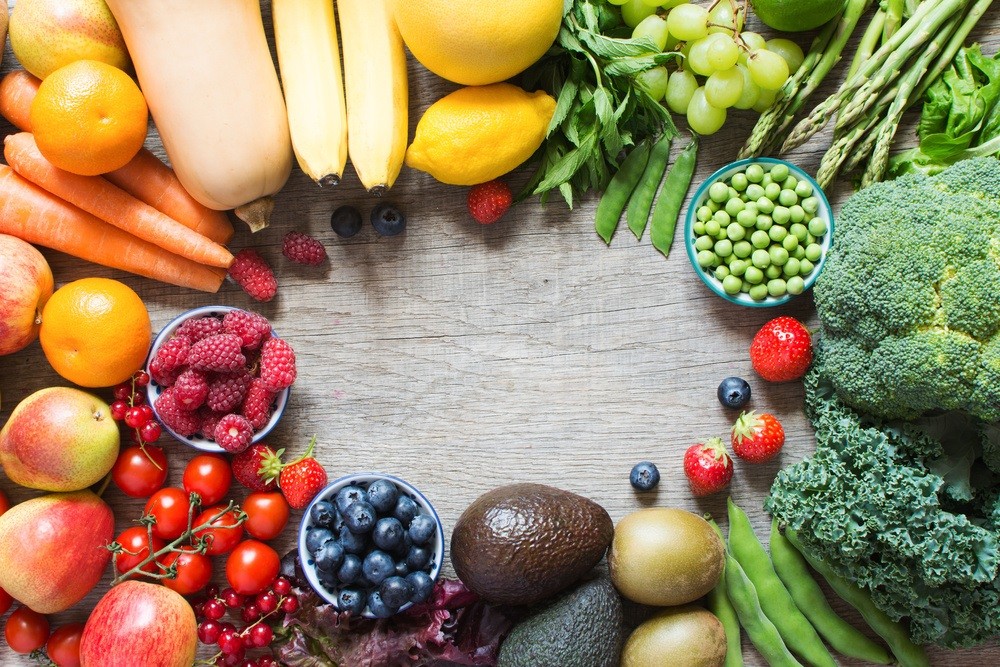Smoothies are great beverages to drink at any time of the day. If you can make them yourself, you can be in control of what you consume and save some cash you could direct into saving or other areas. That said, a good smoothie mustn’t only be delicious, but it should be healthy too. This article teaches you how to create flavorful yet nutritious smoothies.
If you have a busy schedule and can’t shop for ingredients, you can buy or order packed or frozen smoothie ingredients from local or online stores. However, you should beware of those that pack their products with too many calories and excess sugar. Their smoothies may be tasty but have no nutritional value to you. If you must buy or order from a store, you can purchase your drink from this site or any sellers who prioritize nutrition.
As mentioned, this article aims to help you learn how to make healthy and tasty smoothies. First, you should know that picking the right ingredients and using the right amounts will help you achieve a healthy, filling, and delightful smoothie. Here’s how to do so:
1.Start By Picking A Liquid Base
Liquid helps to make your drink smooth. Moreover, it can be nutritionally beneficial depending on the kind you choose. There are several options you could pick for your smoothies. Examples are:
Milk
Dairy milk is rich in vitamin D, protein, potassium, and calcium. If you prefer the non-dairy option, you could consider coconut, soy, oat, or almond milk. These contain iron, protein, fiber, and other beneficial nutrients. That said, it may be best to keep off the canned ones since they may contain saturated fats, preservatives, or other substances that may not be helpful.
Water Or Ice
Ice and water are the go-to liquid bases for smoothies for most people. These are more affordable and easily available. They’re also excellent for rehydration and removing toxins in the body.
Yogurt Or Green Tea
Yogurt and green tea are also popular liquids for smoothies. The former contains protein and healthy bacteria, and the latter antioxidants.
Fruit Juice
Some people may also use fruit juice as a liquid for their smoothies. If you’d like to do the same, you must be careful about the sugar content. Some juices may only have water and sugar that may contain calories. Natural ones may be more suitable.
2.Choose Your Fruits
There are various fruits you could consider for your smoothies. It can be mangoes, bananas, oranges, avocados, berries, grapes, etc. Fruits are great as they are a good source of vitamins, fiber, antioxidants, minerals, potassium, and several other nutrients.
Nonetheless, you must be careful when choosing fruits since some may have high-calorie levels, like bananas, dates, prunes, and coconuts. If you’d like fruits for weight addition, these may be recommendable. However, if you aren’t looking to gain any, only add a few of those fruits to your smoothies.
Alternatively, pair them with low-calorie fruits like peaches, papayas, apples, strawberries, or grapes. Generally, ½ – 1½ cups of fresh or frozen fruit may be recommendable.
3.Select Your Vegetables
Kales and spinach are a healthy addition to your smoothies. These have low fat, sugar, and calories and are rich in minerals, vitamins, protein, iron, fiber, and folate. A recommendable amount can be 1-2 handfuls. If you wouldn’t want too much of the two, a cup or half of both is good.
Besides kale and spinach, you could also consider collards, cucumbers, sprouts, cauliflower, cabbage, or carrots. These are rich in several nutrients like proteins, fiber, vitamins, antioxidants, and folate. Generally, 1-½-2 cups of any combination may be recommended in your smoothies. Additionally, you can find many fruits and veggies combo recipes online you can try.
4.Decide On Proteins
You could also consider proteins as an addition to your smoothies. These are popular for promoting healthy nails, hair, and skin. Besides that, they‘re filling and a rich source of energy.
Proteins are also believed to regulate blood sugar levels. It aids in slowing digestion, preventing overeating, and enabling the loss of excess body fat. This way, blood sugar spikes after meals are reduced, and the levels are controlled.
Some proteins to consider for your smoothies are ½-1 cup of plain Greek yogurt and one tablespoon of nut butter or chia seeds. You could also go for ½ ounce of nuts.
5.Choose Your Herbs And Spices
You could also add a pinch of herbs and spices to your smoothies. These can add more flavor to your drink. Furthermore, they can provide more benefits to your body. For instance, spices contain antioxidants, iron, magnesium, sodium, and several other nutrients. Ginger may help with indigestion and reduce cholesterol levels. On the other hand, turmeric and cinnamon could aid in lowering inflammation.
Herbs can also add flavor to your smoothies. Moreover, they have antioxidants and vitamins. They also provide several benefits. For example, mint can relieve indigestion. Basil is known to help reduce cholesterol, cilantro can aid with lowering inflammation and fighting infections, and rosemary can help with digestion.
Final Thoughts
You can take a smoothie at the beginning, middle, or end of your day. Though making a glass may seem easy, some people may not enjoy the benefits the drink can offer by not making it the healthy way.
In this article, you’ve learned that delicious and nutritional smoothies require choosing the right components and adding an appropriate amount of them to your drink. These ingredients are fruits, vegetables, proteins, herbs, spices, and a suitable liquid.





















Discussion about this post